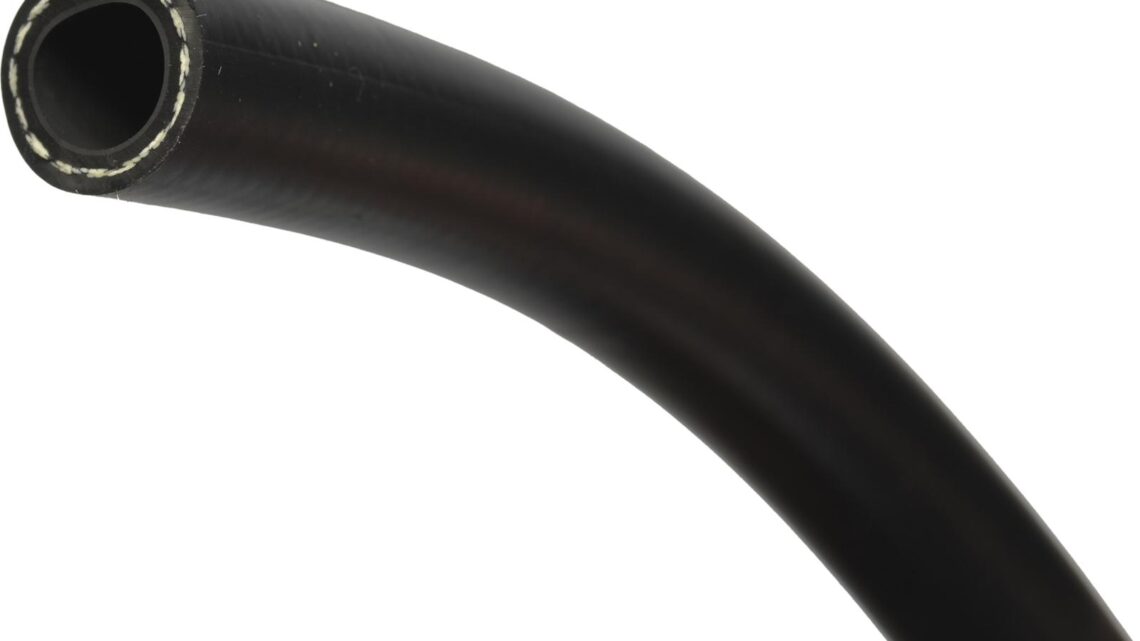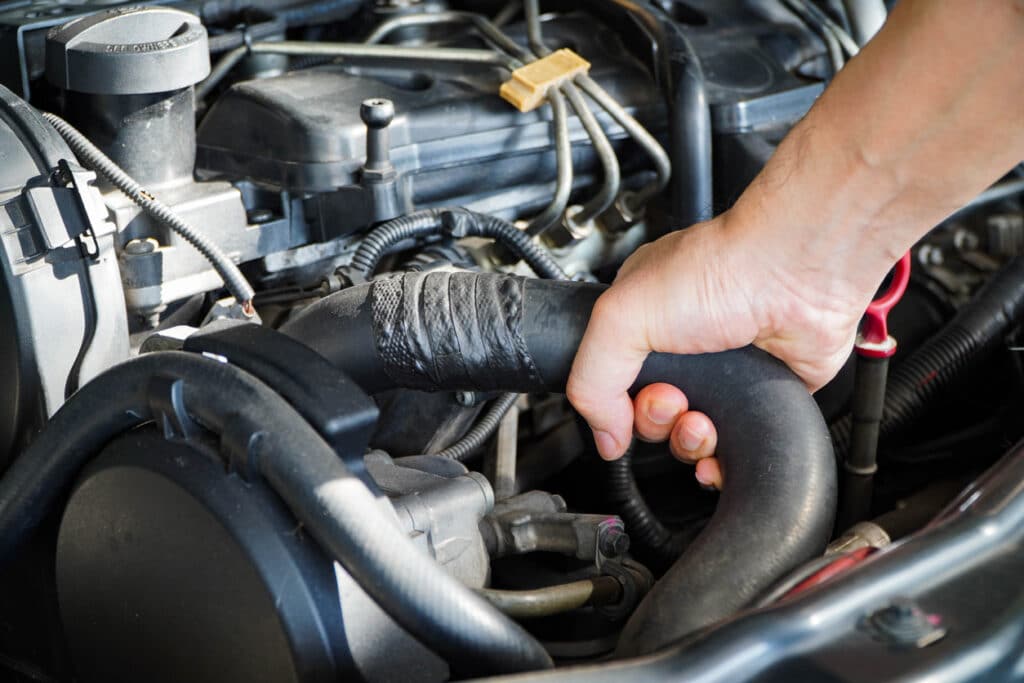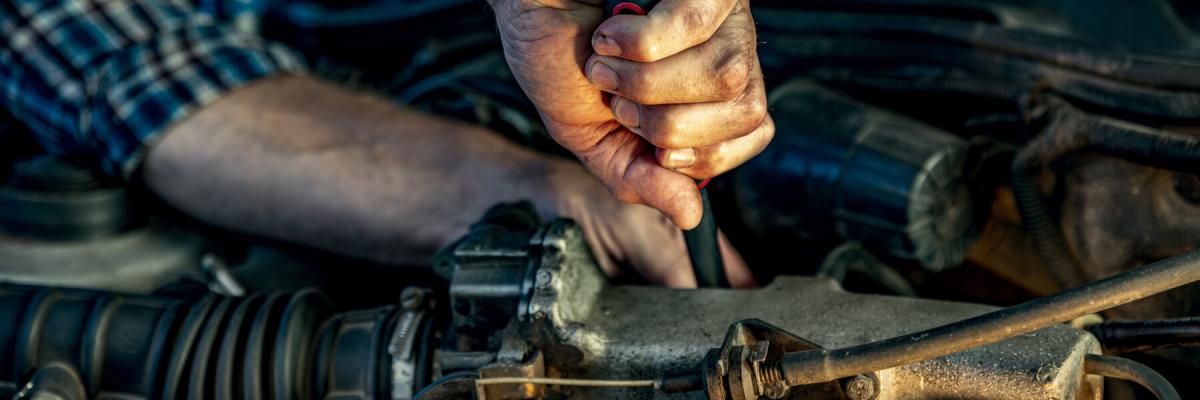
Auto Rubber Hose Inspection and Replacement: Ensuring Reliability on the Road
May 26, 2023Driving on the road requires reliable cars with properly functioning parts. Auto rubber hoses are integral components of a car’s performance, ensuring that fluids reach their intended destinations to keep the car running smoothly.
Without regular inspection and maintenance, these hoses can become faulty or worn out leading to potential problems. To ensure your safety and reliability on the road, it is important to inspect and replace auto rubber hoses as necessary.
In this article, we will discuss how regular inspections and replacements can help you maintain smooth roads ahead.
Inspecting Rubber Hoses for Safety and Reliability
Rubber hoses are a critical part of an automobile’s infrastructure. They provide the necessary pathways for fluids to pass between different parts, and as such must be inspected regularly to ensure their safety and reliability.
While some rubber hoses may appear fine on the surface, it is important to inspect them thoroughly to spot any potential issues that could arise while driving. Auto mechanics should check for signs of wear and tear or damage caused by heat exposure and prolonged use over time, as these can weaken the integrity of rubber hoses.
In addition, they should also look out for cracks or bulges which could indicate a leak or other defect which would need immediate attention. When inspecting auto rubber hose systems, mechanics should pay special attention to tightness around clamps and fittings; if these become loose due to age or vibration then this will affect the overall performance of the system.
Furthermore, checking hose lengths is essential too since incorrect sizing can lead to improper flow rates through various components leading ultimately to engine failure. Finally, fluid level checks are also recommended to detect any possible leakage from worn seals or gaskets along with regular visual inspections for any visible signs of deterioration such as discoloration or cracking on inner linings.
Overall it is clear that proper inspection and replacement procedures are needed when dealing with auto rubber hose systems to guarantee safe operation on all roads – no matter how long you have been driving!
Identifying Signs of Wear and Tear in Auto Rubber Hoses

Source: www.holtsauto.com
Inspecting and replacing auto rubber hoses is key to ensuring reliability on the road. Through regular visual inspections, drivers can identify signs of wear and tear that may indicate a need for replacement.
Common indicators of hose damage include cracking, splitting, bulging, or soft spots in the hose material as well as leaks at connections or fittings. In addition to these visible signs of deterioration, it’s important for drivers to periodically check under their vehicles for any oil stains caused by leaking fluids from worn-out hoses.
When inspecting rubber hoses, keep an eye out for cuts and abrasions along the length of the hose body as well as corrosion at connection points such as clamps or nuts. Also, be sure to look for rips or tears around bends which could cause pressure loss over time if left unchecked.
Lastly, don’t forget about expansion joints; these are often overlooked but they can become brittle with age and lead to cracks in the hose lining that would otherwise go unnoticed until it’s too late! The best way to ensure the safety of your car is through proper maintenance including timely inspection and replacement of auto rubber hoses when needed. Doing so will help you avoid costly repairs down the line due to unforeseen component breakdowns resulting from wear and tear accumulation over time – keeping you safe on those long drives!
Replacing Damaged or Worn Out Auto Rubber Hoses
When inspecting and replacing auto rubber hoses, it is important to ensure the reliability of your vehicle. Damaged or worn-out hoses can cause significant trouble on the road if not properly maintained.
It is essential to identify any potential issues with these components before they become a more serious issue. Sometimes wear and tear are unavoidable, but there are steps you can take to minimize damage from occurring.
Start by regularly checking for signs of cracking, splitting, or fraying in rubber hoses and replace them as soon as possible when identified. Additionally, make sure that all connections are secure and tightened correctly; loose connections may weaken the hose structure failing over time.
Replacing damaged or worn-out auto rubber hoses doesn’t have to be an intimidating task – research commonly used parts compatible with your vehicle model ahead of time so that you know what type of replacement part will work best for you. Once you have the correct hose, installation should be relatively straightforward following manufacturer instructions carefully and ensuring a tight fit throughout each connection point for optimal performance on the road ahead!
Evaluating Benefits of Frequent Inspection and Replacement of Auto Rubber Hoses

Source: www.naylorsautorepairidaho.com
When it comes to auto rubber hoses, frequent inspection, and replacement is essential for ensuring reliable performance on the road. The benefits of this process are twofold: firstly, regular inspections allow any potential problems to be identified and rectified before they cause serious damage; secondly, replacing worn or damaged parts with high-quality components can help ensure that your vehicle continues running smoothly.
Inspecting hoses regularly also helps identify signs of wear and tear that may not be immediately apparent. By catching these issues early on, costly repairs can often be avoided – saving both money and time in the long run.
Additionally, inspecting rubber hoses ensures that they remain flexible enough to support all of the vehicle’s systems properly. If there is a lack of flexibility due to age or damage then this could lead to problems such as reduced fuel efficiency or engine misfires.
Replacing aged or damaged auto rubber hoses should also never be overlooked as an important maintenance procedure. Over time, rubbers become brittle and prone to cracking which can reduce their effectiveness at controlling fluids such as oil and coolant around your vehicle’s engine compartment.
This means that if you don’t replace them when necessary then you could find yourself facing some unpleasant surprises out on the open road! Overall, evaluating the benefits of frequent inspection and replacement of auto rubber hoses is vital for keeping your car in optimal condition over its lifetime – saving yourself from expensive repairs down the line!
Conclusion
In conclusion, auto rubber hose inspection and replacement is a critical step toward ensuring reliable performance on the road. Regularly checking these hoses for any signs of wear and tear can help to prevent costly repairs down the line, as well as keep your car running smoothly.
By making sure that your Auto Rubber Hose is in good condition, you will be able to enjoy the optimized performance for many miles to come.


